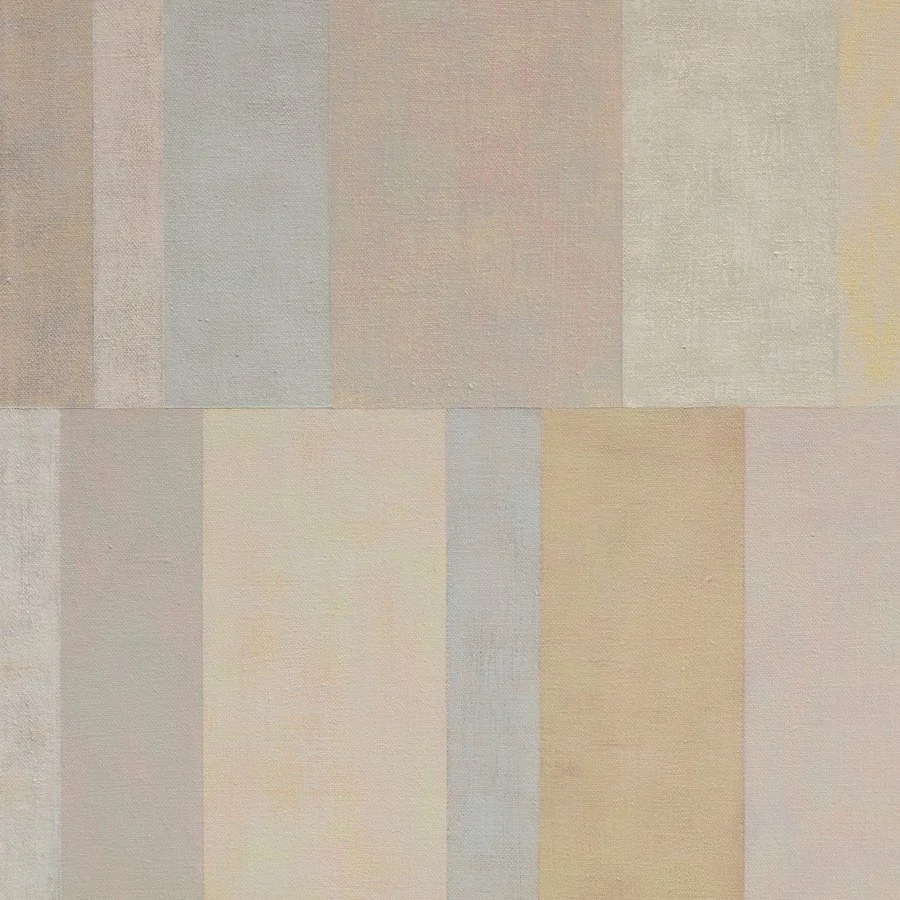 |
| Installation of Alexander McQueen at Metropolitan Museum of Art |
High expectations can be a dangerous thing. Once you expect something to be amazing, it is far too likely that you'll end up disappointed, or worse, that the truly amazing will no longer be able to actually amaze you. But the much-hyped Alexander McQueen show "Savage Beauty", which I saw at the Metropolitan Museum of Art in New York this week, easily surpassed every sky-high expectation I had.
There are enough reviews of the show that I don't think it's necessary for me to repeat all the accolades again, but I'd like to share a few thoughts I had about the show:
Art, Not Fashion
When I first arrived at the museum and saw the throngs of people waiting to enter the show, I admit I felt a little jealous that a fashion designer was able to draw a larger, more excited crowd to the museum than any art exhibition I had ever seen. Inside the exhibition, as each viewer stood in awe, patiently soaking in the exquisite nature of each McQueen dress, jacket and pair of shoes, I was a little hurt that I so rarely see such attention being paid to the artworks of the greatest painters and sculptors.
But then I realized that we had all been duped. While I'm sure many, if not most of the visitors had come to the show because of their interest in fashion, Alexander McQueen (and the absolutely brilliant curatorial team at the Met's Costume Institute) made sure that we were not looking at just clothes and accessories, but at a fully realized artistic vision, one that incorporated sculpture, painting, performance, installation and new media, all under the guise of fashion. I remember years ago seeing the Armani exhibit at the Guggenheim. I loved the show but the dresses and suits were - let's be real - just dresses and suits. But the McQueen show was so, so much more. It was art in its most masterful, dark, and poetic form of expression. When I left the show, the world looked different. McQueen had undeniably infiltrated my vision.
A Second Skin
I love the abstract nature of fashion and how it plays with form, movement, color and texture. When I look at fashion, I see abstract paintings. One day, I plan to paint them. Throughout the McQueen show, there was certainly no shortage of extraordinary sensations. My favorite was an organza dress, so intricately layered that it created the impression it was made entirely of smoke, the floor-length skirt appearing to rise from the floor like dry ice. But from the very beginning of the show, it was clear to me that McQueen's works were impervious to abstraction. The garments and accessories are so thoroughly steeped in narrative, that the body itself becomes an inextricable element of his design. Some garments seem to attack the body, while others seem to have instigated an irrevocable process of metamorphosis in which the woman is in the midst of transforming into a hybrid being, morphing with creatures that offer her new forms of protection and defense. And a few garments violently suggest the aftermath from some sort of dehumanizing body-snatching invasion. With each garment, the dress covers the body not as a decorative article of clothing, but as a second skin, as if it were a kind of natural outgrowth from our dark, mutating, genetic make-up.
The Perfect Eulogy
At about the half-way point in the show, my eyes welled up with tears, and I spent the rest of the show fighting them back with only moderate success. It was all so overwhelming, so haunting, so brilliant. By the end, I felt like my heart and head would explode from a potent mix of ecstasy, emotion, and inspiration. The metamorphosis suggested in his garments seemed to be taking place inside me. But there was still another show I wanted to see -- the Richard Serra drawing exhibit. At first, I wasn't sure that I could absorb another visual onslaught, and when I first entered the Serra exhibit, the weighty, spare, geometric drawings seemed better suited for another day. But as I began to wander through the exhibit, I began to see Serra's drawings as the perfect eulogy for Alexander McQueen himself. Confronted with one of Serra's large towering black squares, the entire surface immersed in the heavy scrawls of rich, caked-on paint stick, I saw the roughly textured surface transform into the delicate ruffles and decaying lace of McQueen's creations. Standing back to take in the drawing's impenetrable blackness, grand scale and stark form, I experienced a dark, monumental silence. It seemed the most fitting conclusion to McQueen's truly epic exhibition, and the most eloquent representation of the lingering, tragic void left by his senseless death.
 |
| Richard Serra (detail of drawing) |
 |
| Richard Serra at Metropolitan Museum of Art |

